US: 25 Goldsmith St, Greenville, SC 29609
0% Tariffs. 100% Opportunity. Are You Ready?
Jonathan Gardner • August 12, 2025
Global trade agreements continue to shift, but there’s one tariff agreement that could give American exporters unprecedented access to one of Southeast Asia’s fastest-growing consumer markets: Vietnam.
The U.S. and Vietnam are on the verge of finalizing a new tariff deal, and one standout provision is already emerging: Vietnam is set to drop import tariffs on U.S. goods to 0%.
Want to be first to market when the agreement takes effect? Here's what you need to know.
Welcome to
The Value Chain Advantage. Each week, I share hard-earned strategies to help ambitious companies unlock clarity, protect margin, and scale without chaos. From sourcing to sales, procurement to planning, this newsletter is for founders, revenue leaders, and operators working to strengthen every link in their value chain.
Why Vietnam Should Be on Your Radar
Vietnam’s economy has been growing steadily for more than a decade, powered by a young, urbanizing population and rising demand for high-quality imports. Plus, the country’s central location positions it as a gateway to the broader ASEAN market.
Pair that growth with
a potential 0% tariff for American exporters,
and you’ve got a window of opportunity that doesn’t open often.
Best Industries and Products for Importation
Trade between the two countries has been on the rise for some time. According to the USTR, “U.S. goods and services trade with Vietnam totaled an estimated $155.1 billion in 2024, up 20.5 percent ($26.4 billion) from 2023”.
While the opportunity spans many categories, the current industries with the highest profitability from U.S. into Vietnam include:
- Poultry: Vietnam imported $119M of poultry from the US in 2023
- Feed blends: Vietnam’s growing population of livestock has fueled the increase of feed blend imports from the U.S
- Shelf-stable snacks: U.S. snack brands carry strong global recognition
- Electronic equipment: Vietnam imported $4.08B of electronic equipment from the US in 2023. The most popular electronics for import are electronic integrated circuits and microassemblies
- Cotton: $912.55M worth of cotton was imported into Vietnam in 2023
- Plastics: There was $900.04M in plastics imported into Vietnam in 2023
While these industries are already winning, there’s still significant untapped opportunity for new American products and categories to break through.
Market Entry vs. Market Traction
How can you use these preexisting statistics to help your growth into Vietnam? Here are some considerations:
Market Entry – If the product your company sells is already a popular import, monitor the current market by looking at competitors’ pricing, distribution, and positioning. Use these insights to inform your approach for entering the Vietnamese market.
If it’s a newer category, there’s opportunity to create demand. You’ll want to have solid answers to understand:
- Is there untapped demand for our product category in Vietnam?
- If not, can we profitably build it?
- What are the risks, and is it worth the potential profits?
Market Traction – Once in, track performance in real time. Test small before committing large volumes. Compare early results to other export markets to spot risks or accelerators.
If you’re offering a newer product, test the Vietnamese market with a smaller footprint first. This will help you prove potential demand prior to committing to a larger expansion.
Why Trust is the Real Trade Currency
In Vietnam, relationships open more doors than contracts alone. A trusted local partner can accelerate adoption — especially for products new to the market.
At J. Gardner, our Vietnam-based team is central to how we help clients succeed. We combine deep sourcing, logistics, and data-modeling expertise with real, on-the-ground relationships across processors and co-manufacturers. Our people live and work in the region. They speak the major Asian languages. They operate in local time zones and within the cultural norms that drive lasting supplier relationships.
Whichever new market you decide to pursue, a trusted local partner is key and how you’ll protect margin, speed execution, and create lasting value.
From Insight to Action
If Vietnam is on your radar, here’s how to get started today:
- Identify one product in your portfolio that could fit Vietnam’s current high-demand import categories.
- Run a competitor scan on pricing, positioning, and distribution for similar products already in the Vietnamese market.
This starting point will give you clearer direction for a profitable market entry.
The Takeaway
Vietnam is no longer a distant buyer or low-cost alternative. It is a vital platform for American agriculture to expand product lines, lower processing costs, and access Asia-Pacific markets with greater agility.
Opportunity is here — don't miss it.
Enjoyed this article? Subscribe to never miss an issue.









